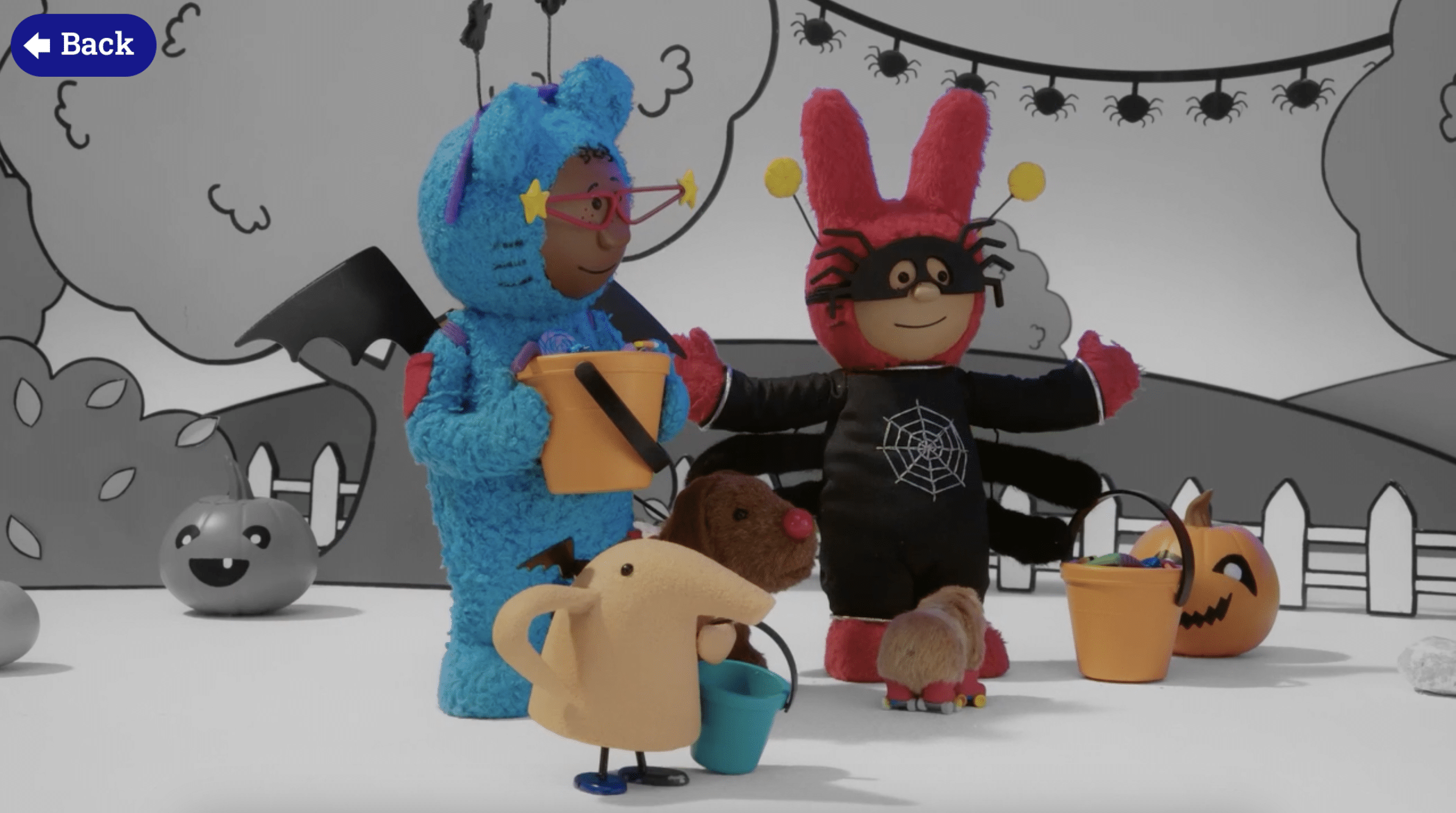by Brock Horning | July 2025
The importance of video accessibility can’t be overstated. Accessible videos create more inclusive and better experiences for a wider audience. They help expand reach, improve SEO and increase engagement.
Creating accessible videos is about making sure all viewers can engage and interact with your video content. This includes people with visual, auditory and cognitive disabilities, but also for non-native speakers or viewers in sound-sensitive environments.
Here’s our guide on how to make your videos more accessible.
What exactly do we mean by ‘accessible’?
All content, including video, should be engaging for everyone. Making content accessible is about helping people with disabilities have a comparable experience to someone without a disability. It’s about making sure that your content can be understood and engaged with, whatever environment the viewer is in.
If you build it into content production, accessible content can be low-cost with high returns. A win all round.

Mixmups with Ultra Access: A pre-school TV show that provides accessibility features such as simplified visuals
What are the benefits of accessible videos?
Reach more viewers, increase engagement and understanding, boost search engine visibility – there are many reasons to create more accessible videos.
Reach a wider audience
Accessible videos improve inclusivity. More people can engage in your content, regardless of their abilities, skills or environment. Using subtitles, sign language and other accessibility features, you can make sure everyone can fully engage with and enjoy your content.
Enhance search engine visibility
Add transcripts and audio descriptions to allow search engines to index your video. Providing alternative text for your content gives a strong indication of the nature of your site and the topics you cover. This expands discoverability and increases organic reach.
Increase understanding and engagement
You want your content to be engaging, informative and valuable to every viewer. With so much digital noise online, making the viewing experience as easy and clear as possible for everyone can really pay off. Key accessibility features make the content easier to understand and retain.
Meet legal requirements
Creating accessible videos isn’t just about following the rules, but you should know what the rules are. Many regions have legal requirements for video content to be accessible. Here are some core guidelines and laws to be aware of:
- WCAG (Web Content Accessibility Guidelines): the international standard for accessible web content. Their guidelines cover all aspects of production to ensure an inclusive experience.
- EAA (European Accessbility Act): this recent policy sets new standards in website accessibility and is an essential requirement for companies serving EU customers.
- ADA (The Americans with Disabilities Act): a US policy requiring companies to make their online content accessible to all. An essential requirement for companies serving US customers. For US government agencies, there is also Section 508 to be aware of.
What are the key elements of accessible video?
Subtitles, captions and transcripts
These are essentially a text version of any spoken dialogue or relevant sounds. These make sure the video can be understood and enjoyed without sound and through screen readers. If you have an international audience, translate subtitles into the different languages that make up your core audience. To save time, automatically-generated subtitles and captions can be used however, be sure to proofread and edit where necessary.

Using subtitles to make more accessible videos
Audio descriptions
For individuals who are blind or have low vision, audio descriptions narrate the onscreen actions and any necessary visual information or details. They help people understand the content without needing to see every detail and, ideally, don’t interfere with dialogue.
Sign language interpretation
Real-time translation for deaf or hard-of-hearing viewers means that they can easily follow and understand the video content. Remember that sign languages vary by region, and make sure to place the interpreter in an easily visible corner of the screen that doesn’t block the visual content.
Easy-to-read text and visuals
This may seem obvious, but use high-contrast colours to improve readability. Keeping the text clear will help all readers. Don’t use flashing colours and consider large, clear fonts to improve clarity and accessibility in all environments.
Bring it all together with an accessible video player
Once you have all the key elements of an accessible video, you’ll need a way to allow viewers to turn certain features on or off.
Stornaway’s unique interactive platform means creators can set up an accessibility preference centre. Toggle different features such as simpler visuals and adjustable playback speeds to support diverse accessibility needs. With the ability to select features to meet everyone’s needs, you are providing an accessible experience for all.
Accessible video example: Mixmups with Ultra Access
To showcase the opportunities in an accessible video player, you need to look no further than pre-school show Mixmups and their Ultra Access episodes.
Set in the bright colourful world of Mixington Valley, Mixmups sees friends, Pockets, Giggle, and Spin, ‘Mix up the Magic!’ of play and imagination. Their magical wooden spoon transports them on comical adventures, along with trustee assistance pets, Roller Guinea and Yapette the Guide Dog.
At the beginning of these episodes, viewers can select how they experience the show. A choice of BSL or Makaton, standard or BIG subtitles, low background sound or simpler visuals, and more – in any combination required.
Created in Stornaway, this preference centre opens up new possibilities for inclusivity, making sure that everyone can access and engage with video content on their terms.

